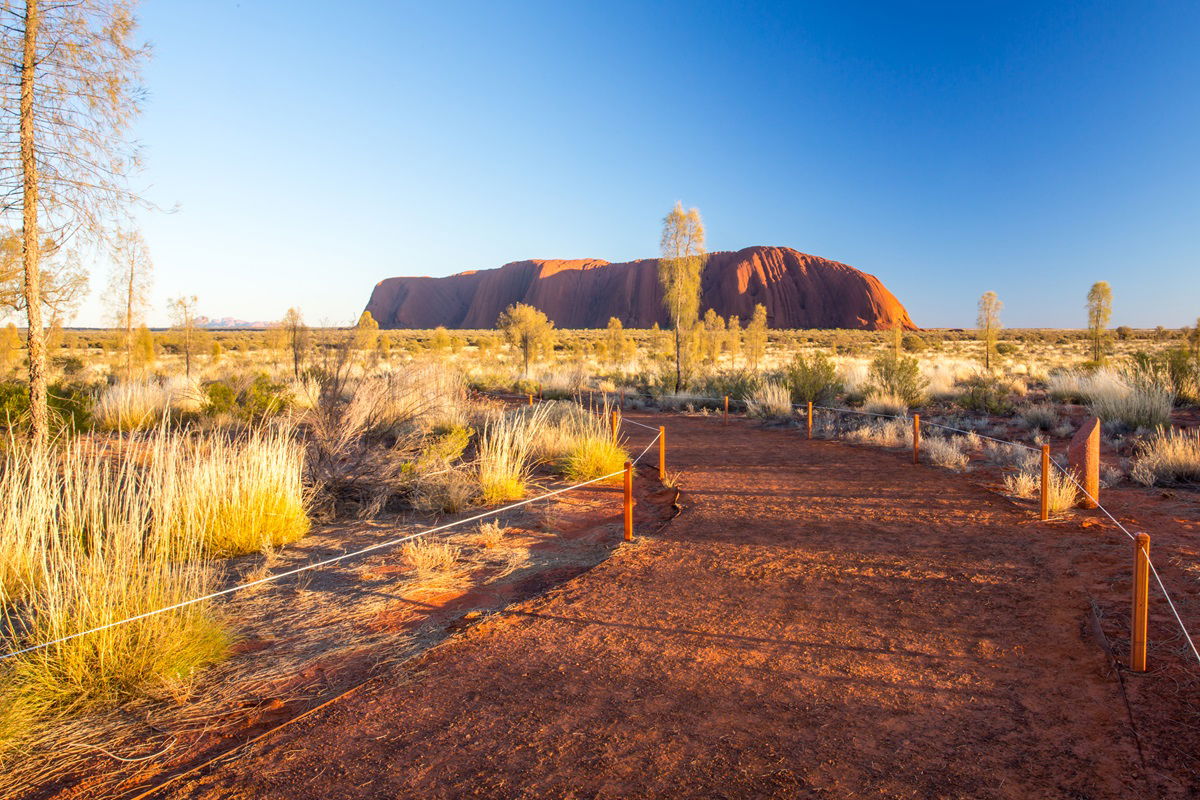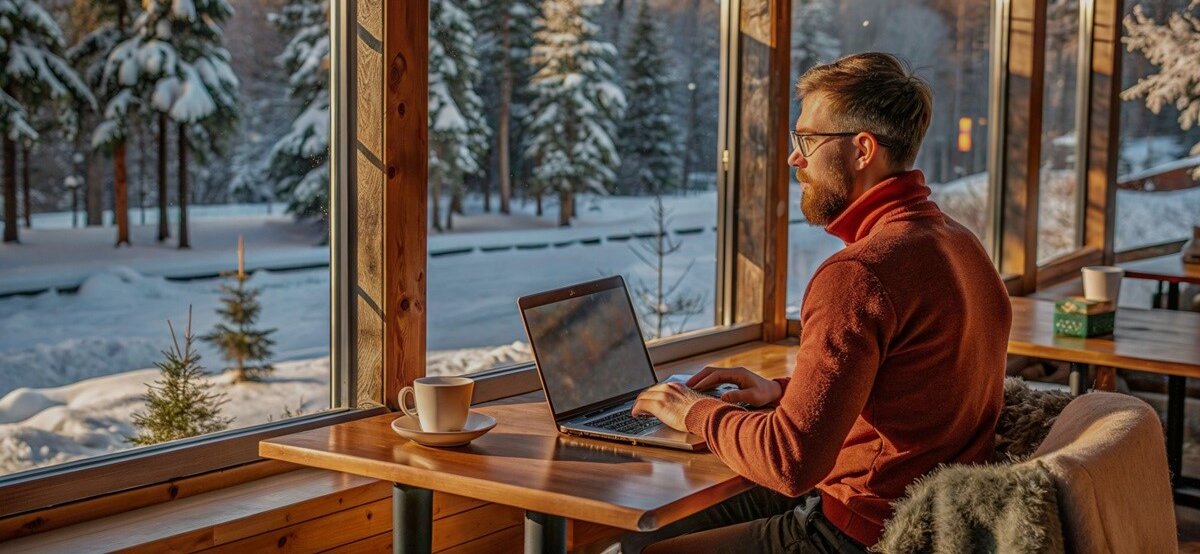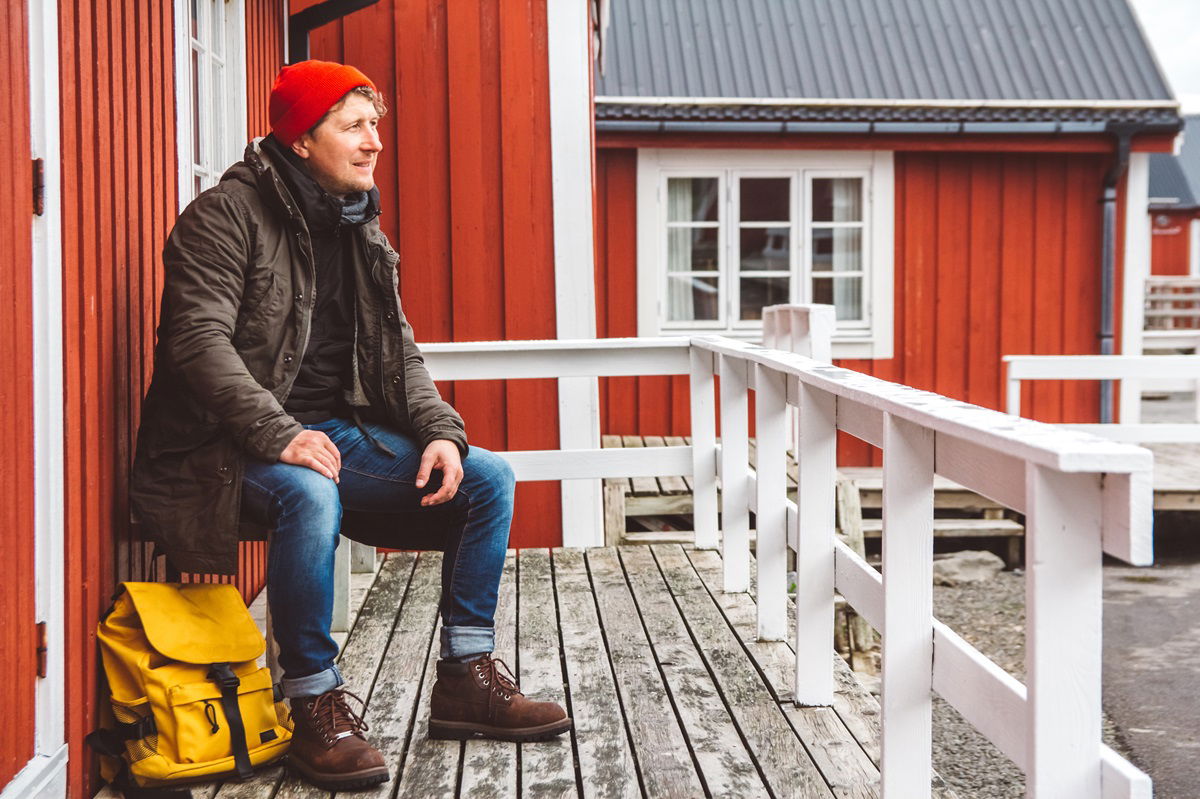
Living in Australia
Australia is a fascinating country with unique animal species and stunning nature that combines diverse landscapes such as desert, rainforest and sandy beaches. Are you a fan of warm to hot temperatures? Then Australia is the perfect place for you. Let us tell you what it is like to live in Australia.
General information about Australia
With a land area of 7.7 million square kilometres and just 26.6 million inhabitants, Australia is sparsely populated. Not only is Australia a country, but it is also the smallest continent in the world. The capital is Canberra and not, as many may think, Sydney, which is the country’s largest city. Australia is divided into six states and three territories: New South Wales (Sydney), Victoria (Melbourne), South Australia (Adelaide), Queensland (Brisbane), Tasmania (Hobart), Western Australia (Perth), Northern Territory (Darwin), Australian Capital Territory (Canberra), Jervis Bay Territory.
Payment Down Under, as the country is nicknamed, is in Australian dollars (AUD) and the metric system (kilometres, metres, centimetres, etc.) is used. The official language is English.
Australia is a parliamentary monarchy, but independent of Great Britain. King Charles III is head of state but plays a purely symbolic role. This is because the prime minister, who actually governs the country, is democratically elected. The country is also a member of the Commonwealth of Nations.
Unique nature and wildlife
Australia offers a wide variety of landscapes to discover. A large part of the country is what is known as the outback, i.e. desert and semi-desert. The west of the country is home to beautiful beaches, and pockets of rainforest can be found in the north. There are also several national parks where you can marvel at Australia’s stunning nature.
Oz is, of course, virtually synonymous with the Great Barrier Reef, which is home to hundreds of coral and fish species and is almost as big as Germany. The perfect place to go diving or snorkelling.
Australia is also the habitat of some unique animal species, and koalas, wombats and kangaroos are found in the wild nowhere else in the world. However, it is not only these cute animals that you might come across: the country is also home to a variety of dangerous and poisonous spiders and snakes, so always pay attention to the corresponding warnings.
Climate and seasons
Temperatures can be described as moderate to subtropical only in the south and at the coasts in the east and west of the country. These regions are also the most densely populated. In the interior of the country, the climate is desert-like dry and very hot. There is nothing but outback here as far as the eye can see and far beyond. In the north, hot and humid tropical conditions are the norm.
Since Australia is in the Earth’s southern hemisphere, Christmas is celebrated in summer. Summer Down Under is from December to February, spring from September to November, and autumn from March to May.
Aboriginal culture
If you want to live in Australia, it is especially important that you respect the Aboriginal culture. The Aborigines settled the country tens of thousands of years ago and are one of the world’s oldest living cultures. “Being one with the land” is of particular significance to the Aborigines. They feel a special connection to the earth and the country. Their culture encompasses many myths, stories, traditional dances, music and songs. There is a multitude of new things for you to discover in this culture – be open to it.
Infrastructure and driving
Australia is a huge country in terms of area. Also, as mentioned, much of the country is outback. So what about the infrastructure there?
The country has one of the densest air transport networks in the world. Of course, flying in such a large country also has advantages in terms of time savings. Buses often take a long time, which is why they are used mainly by tourists. Nor is the rail network particularly well developed or comparable to that in Germany; this is mainly due to the sheer size of the country. As a result, road use in Australia is also very high, and most people use the car to get from A to B. Freight transport also primarily uses the very well-developed road network, with so-called “road trains” – huge lorries that can tow up to three trailers – a common sight.
The metropolitan areas of Brisbane, Melbourne, Perth and Sydney are also served by suburban train systems. Trams are not so widespread. Sydney also has a subway, which opened in 2019 – the first in the country.
Driving in Australia
In Australia, traffic drives on the left. Just like practically everywhere else in the world, Oz has its own road traffic code, so be sure to find out in advance which rules apply. In built-up areas, the speed limit is 50 or 60 km/h, and 100 km/h outside built-up areas and on most motorways.
As a tourist, you can drive a car in Australia as normal with your driving licence. Having a certified translation of your driving licence is recommended in case you come across a traffic check. If you are planning to move Down Under permanently, many states require you to have your driving licence converted. Check again whether this applies to your state. Once you do this, you are only allowed to use this driving licence: your German driving licence will then no longer be valid in Australia.
You will need the following documents to convert your licence:
- Driving licence
- Certified translation of the licence
- Identity card or passport
- Proof of residence in Australia
Excellent health and education systems
The health system in Australia is very good. Most treatments are covered by MEDICARE, the statutory health insurance. For all other treatments, many Australians take out private insurance. Medicines are not free, but they are heavily subsidised by the state. You should be careful with transportation by ambulance, however, as this incurs very high costs that are not covered by statutory insurance.
The Australian education system is also extremely good. The majority of schools are state-run, so investing money in a private school is unnecessary. The school day at Australian schools is from about 9 a.m. to 3 p.m. Due to the reversed seasons, students have their summer holidays over Christmas. The grading system is also a little different to ours and is similar to that in the USA: A=1, B=2, C= 3 to 4, D or F=failed.
You can find out more about the health and education system in our article “Emigrating to Australia”.
Housing and living costs
As in many countries, rents in the cities are relatively high. In the countryside, however, rents are often cheaper than in Germany. You should pay attention to the duration of your lease, as it is not uncommon in Australia for the lease to have a fixed termination date. Moreover, you may have to pay the rent weekly.
The cost of living Down Under is similar to that in Germany. Some foods are relatively expensive, but petrol, for example, is very cheap.
Our article “Emigrating to Australia” goes into more detail on the costs of living and accommodation.





- Be friendly, polite and helpful.
- Leave formality behind and use first names.
- For private invitations, bring beer.
- When shopping, show that your bag is empty without being asked.
- Use water sparingly.
- Wear a hat.
- Tipping.
- Launching into your whole life story when someone says, “how are you?”.
- Being late to appointments or meet-ups.
- Having political discussions about Aborigines or the history of Australia.
- Giving a thumbs up.
More information about Australia
- Working in Australia
- Emigrating to Australia
- Visa for Australia
- Work and Travel Australia
- Studying in Australia
Key data Australia
Population: 26.64 million
Size: 7.7 million square kilometres
Capital: Canberra
Largest city: Sydney
States & Territories: New South Wales (Sydney), Victoria (Melbourne), South Australia (Adelaide), Queensland (Brisbane), Tasmania (Hobart), Western Australia (Perth), Northern Territory (Darwin), Jervis Bay Territory, Australian Capital Territory (Canberra)
Currency: Australian Dollar (AUD)
Units of measurement: metric system (kilometres, metres, centimetres, etc.)
Official language: English
Road traffic: Left-hand traffic
German Embassy: Canberra
Climate: moderate to tropical
FAQs: Living in Australia
If you want to live and work in Australia permanently, you will need to apply for a permanent visa. Obtaining an Australian visa is a little easier for those deemed skilled workers, in particular. These visas may be suitable for you: Skilled Independent Visa, Skilled Nominated Visa, Employer Nominated Scheme Visa. You can find out more in our article “Emigrating to Australia”.
Australia is the only place in the world where you will find kangaroos, wombats and koalas in the wild.
26.6 million people live in Australia.




